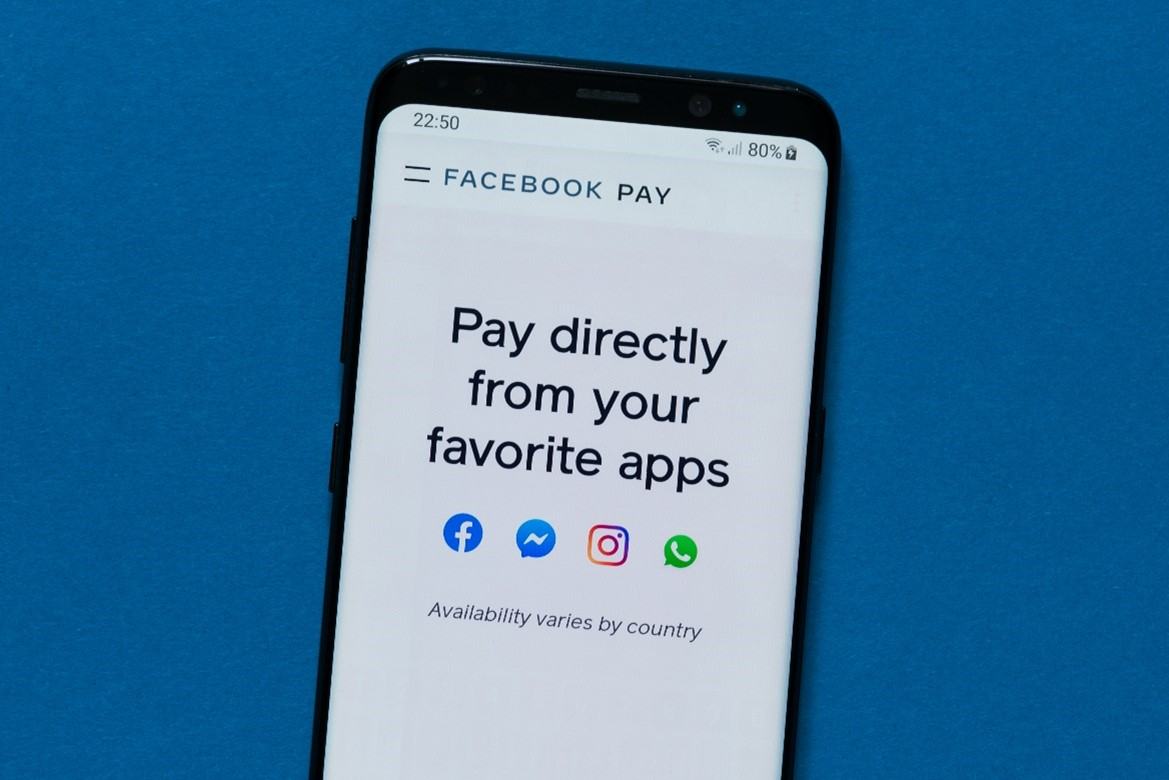
Introduction
Socializing with friends and strangers to create ever-larger “circles” of family, friends, business contacts, people of similar interests, and philosophies is a basic human quality. This desire to communicate with others transcends mediums and even language barriers. With the spread of mobile internet, this desire to connect has become global through social media sites. As of 2020, there were 3.96 Billion users of social media globally or just over 50% of the world’s population. In developed countries of the world, that number shoots up to over 80%. Every social media platform is a potential marketing opportunity Social Media Marketing – its The Digital Marketing Era.
This has led companies to actively market their goods and services on social media networks using specialized tools and techniques collectively known as “Social Media Marketing”, or “SMM”. Consequently, companies prefer specific platforms based on the brand presence, positioning, and customer base. Facebook (along with Instagram), YouTube, Twitter, and LinkedIn are the top four SMM platforms globally.

Figure 1: Social Media – A global phenomenon
Social Media Marketing Strategies
1) Social Media assisted SEO vs. On-Platform eCommerce
Social Media platforms are important marketing channels for brands. Strategies like digital ads, backlinks, etc., are important ways to redirect traffic to websites to advance potential clients along their buying journeys. However, modern developments to social media platforms and apps also allow the setting up of stores and completing so-called “in-app purchases” without ever leaving the platform. More and more mobile internet users are accessing specific content online through their feeds on social media, rather than by searching in search engines. Therefore, in-app purchases can be an important part of a company’s eCommerce strategy.

Figure 2: Facebook Launches its “Pay” feature
2) Engagement and Accessibility
Modern consumers prefer to be engaged with those with whom they do business. It is no longer just a transaction with money exchanged for a utilitarian product, but a deeper connection where consumers want experiences instead of products paid for via a negotiated exchange that includes their delight. In return, the seller is rewarded with the buyer’s genuine endorsement in their own voice on social media, known as e-word of mouth.
Modern marketing methods have evolved to become known as “Experiential Marketing”, with Social Media as a central component. Social media accounts staffed by actual empowered employees offer consumers windows where they can not only consume new. Often exclusive content faster than anywhere else but also forums where consumers can give unvarnished feedback and have the satisfaction of having their concerns addressed by a responsive seller. This makes for powerful engagement and accessibility motivations, making social media marketing unique.
3) Content Marketing and Viral Content
Marketers are well very aware that the key to consumers’ wallets is to develop trust. This trust is hard-won and easily lost, and companies employ various ways to build trust. One of these ways is content marketing- the practice of offering free content or beneficial information that builds goodwill and indirectly builds buyer affinity for the brand. Content marketing on social media includes free articles, guides, whitepapers, how-to videos, instructional material, games, podcasts, interactive consultations with experts, and much more. In some cases, content can go “viral” i.e. get forwarded, re-tweeted, and viewed by millions. Even billions of people around the world for its rich content, emotional appeal, or shock value. For businesses, viral content represents a difficult to achieve but an extremely lucrative form of reaching out to millions of potential customers. This has spawned another social media phenomenon- Influencer marketing.
4) Influencer Marketing
Social media allows platform-specific ways of connecting to consumers through a few accounts with large networks. These accounts can be of politicians, musicians, sports stars, regular people, or even Digital Avatars who have developed large networks. Brands can engage with such people to become online “influencers” through paid or unpaid brand mentions. Like advertisements, paid reviews, and unpaid reviews. While paid celebrity endorsement of products and brands is nothing new. The modern influencer marketing implies a greater trust and engagement. Because it only engages with people that are already connected to the influencer and because unpaid reviews are seen as a form of word-of-mouth.

“Miquela Sousa” is a fictional digital character with 1 million Instagram followers.
How to get started
If you are a business that’s decided to incorporate social media marketing into its online marketing strategy. It can be confusing how to get started. We have you covered! Just follow these steps to create an effective, efficient SMM strategy:
1) Define your goals and your audience
Decide what your key objectives are. Are you looking for global visibility or hyperlocal attention? Do you want your social media account to be the focal point for important debates or a gentle group to share recipes? What is your target audience? An answer to these questions will certainly help you determine which social media platform to choose- e.g., Instagram is a great medium for emotionally appealing. The high visual impact consumer products like make-up, footwear, and clothing. but Linked-in might be better for a B2B Recruitment Services business.
2) Be realistic about your resources
Social Media Marketing, like all digital marketing efforts, is a marathon, not a sprint. It requires consistent, high-quality effort, which can be taxing on the pocket as well as the mind. Get a hold of what you can afford to spend for at least six months, and assess whether you have access to knowledgeable, experienced people who can create great content. It can often be a smarter strategy to work with a consultant like Manipal Digital Systems, which can help you choose platforms, create content, derive actionable insights, and do course correction quickly within your budget.
3) Create Awesome Content
We cannot stress this one enough. Content has to be fresh, relevant, interesting and most of all, original, presented professionally (in line with the projected brand persona), and engagingly. After all, unless you are a world-famous celebrity, chances are people are drawn to your account because of your content. So make it worth your audience’s while by creating high-quality articles, podcasts, and videos that will resonate with your audience. Use reviews, feedback forms, A/B tests, and other ways to keep track of your audience’s preferences and do your course corrections quickly!
4) Make a content calendar
Create a content calendar (i.e., a future schedule of blogs, articles, whitepapers, videos, etc. along with details about topics and length) and stick to it. This isn’t just about discipline but about the optimal connection with your audience. The idea is to engage with bite-sized content frequently rather than long eBooks published once a year. Plenty of online examples exists that can help you create your first content calendar, like this one from Backlinko. If you choose to work with a consultant like Manipal Digital Systems, you can expect your consultant to make an initial calendar for you. Along the way, use Analytics tools to measure your audience engagement and make course adjustments accordingly. In general, favor quality over quantity. As we said before, listen to your audience. It’s about them.
5) Integrate your Marketing efforts
Unless your entire online presence is on a single social media platform account (e.g., a Facebook store with integrated eCommerce), make sure all your marketing efforts work together. Increasing overall marketing effectiveness. Adopting an integrated marketing approach can help you achieve the same.
Conclusion
Remember, Social Media is about creating connections. Earning the trust and maintaining that trust are key points to keep in mind when creating a social media marketing strategy. Crisp, clear communication, delivered in an attractive, modern style can build a strong SMM following for your account, but it is also important to remember the objective is not to create a “free information portal” like Wikipedia- it is to drive traffic to your website on your in-app store, either right away or in the long run. A well-maintained SMM strategy can propel a company’s online marketing ROI sky-high.



